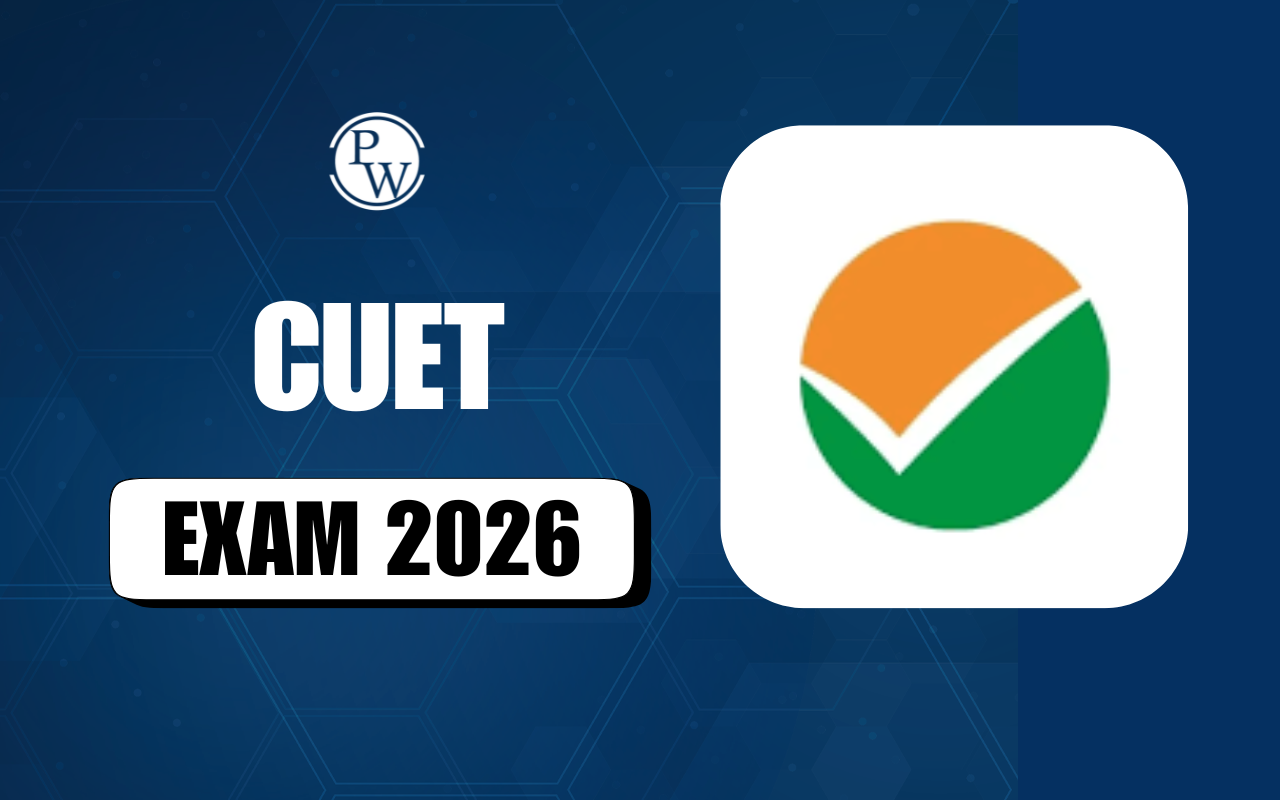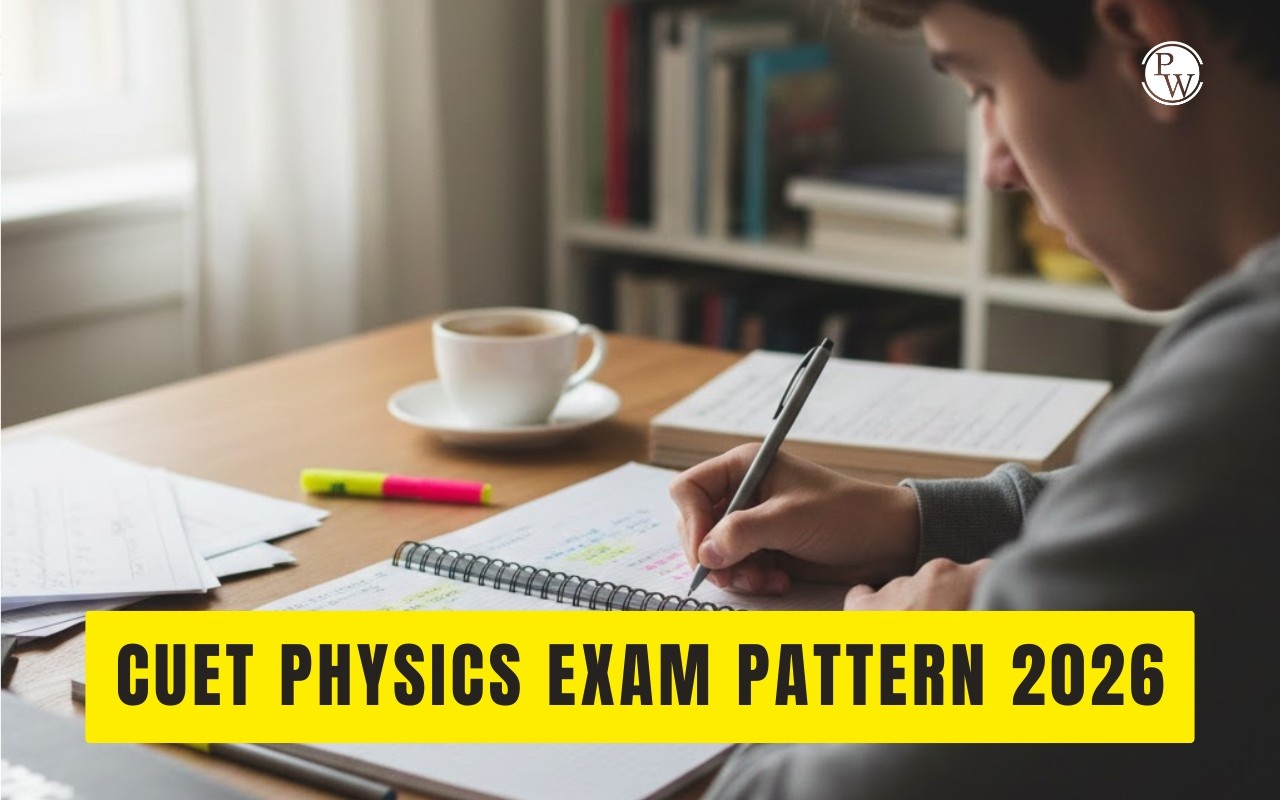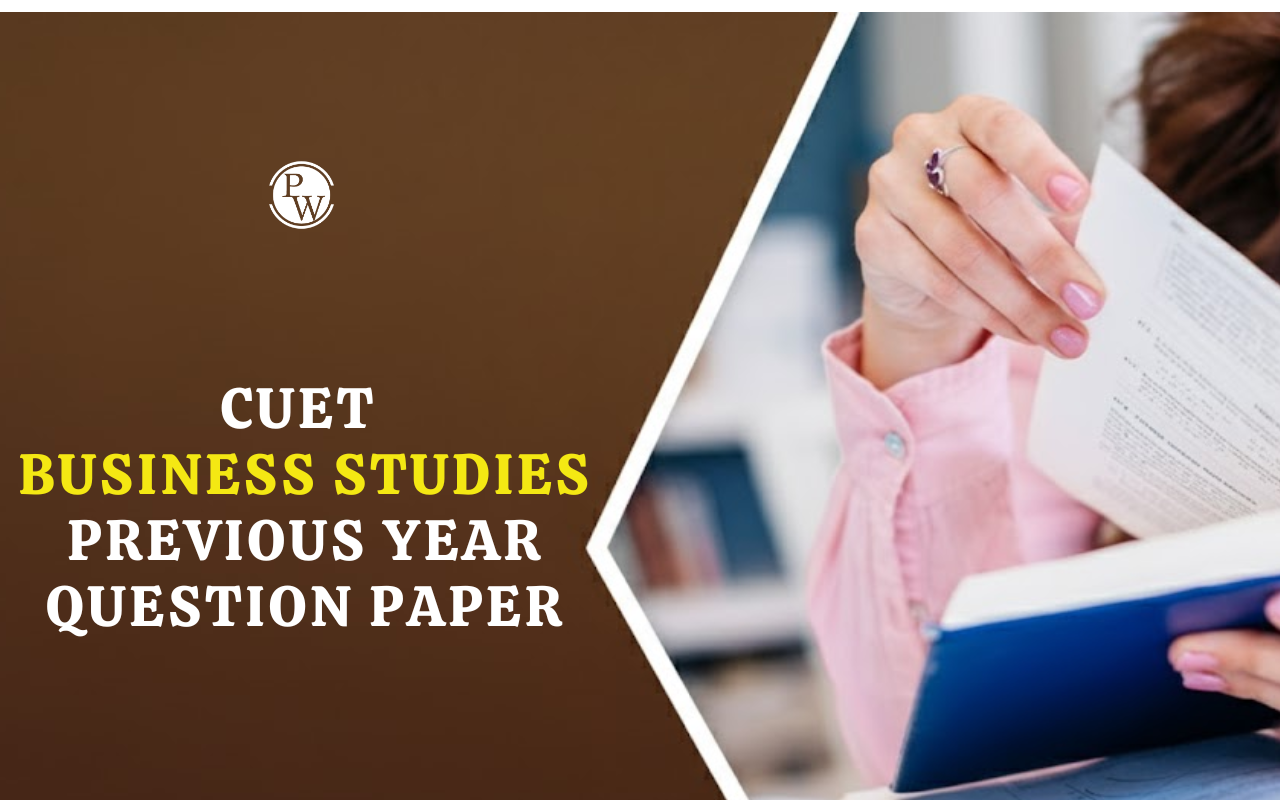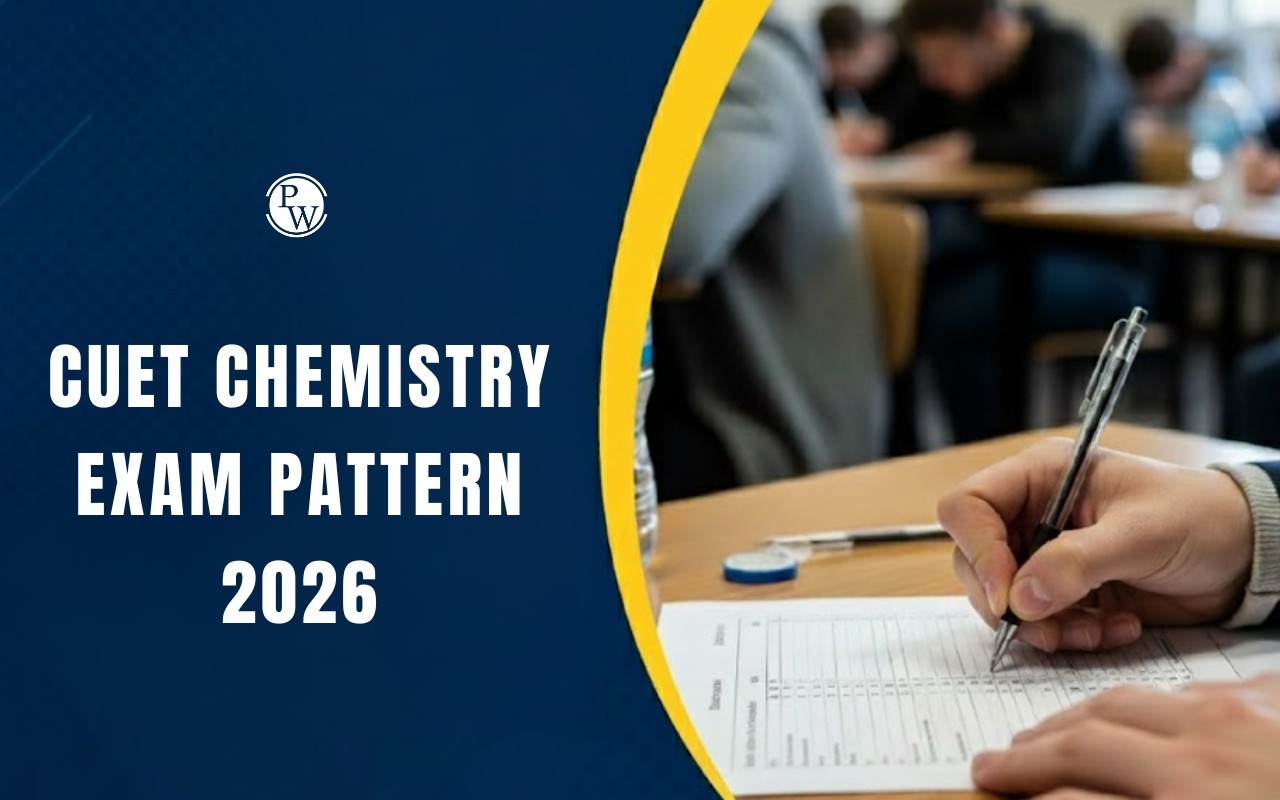
CUET B.Pharm Syllabus 2025 : The Common University Entrance Test (CUET) is an important examination for admission to various undergraduate courses in central universities across India. For candidates aspiring to pursue a Bachelor of Pharmacy (B.Pharm) program, the CUET B.Pharm syllabus for 2025 is crucial to understand. It covers the subjects, topics, and patterns that will guide students in preparing for the entrance exam.
B.Pharm (Bachelor of Pharmacy) is a four-year undergraduate course designed to provide in-depth knowledge of pharmaceuticals, medicinal chemistry, pharmacology, and biotechnology, among other related fields. The admission process for B.Pharm programs in several central universities is based on the scores obtained in the CUET 2025 exam.
CUET B.Pharm 2025 Exam Overview
The CUET B.Pharm 2025 is an important examination for students who wish to pursue a Bachelor of Pharmacy (B.Pharm) degree. The B.Pharm program is a four-year undergraduate course that is structured into eight semesters, with two semesters in each academic year. The exam is conducted by the National Testing Agency (NTA), and it is a gateway for admission into several central universities offering pharmacy programs.
| CUET B.Pharm 2025 Exam Overview | |
|
Particulars |
Details |
|
Full Form |
Common University Entrance Test for B.Pharmacy |
|
Conducting Authority |
National Testing Agency (NTA) |
|
Degree Level |
Undergraduate |
|
Exam Level |
National-level entrance exam |
|
Duration of Course |
4 years (8 semesters) |
|
Exam Format |
Multiple Choice Questions (MCQs) |
|
Eligibility Criteria |
- Class 12 with minimum 50% aggregate marks (may vary by university) |
|
- PCM (Physics, Chemistry, Mathematics) or PCB (Physics, Chemistry, Biology) |
|
|
Career Opportunities |
- Pharmacist |
|
- Chemist |
|
|
- Biochemist |
|
|
- R&D professionals in the pharmaceutical industry |
|
|
Official Website |
exams.nta.ac.in/CUET-UG |
|
Subject Selection Based on Stream |
- PCM Stream: Physics, Chemistry, Mathematics |
|
- PCB Stream: Physics, Chemistry, Biology |
|
CUET B.Pharm 2025 Syllabus Breakdown
The syllabus for the CUET B.Pharm 2025 exam is designed to assess the candidate's understanding of core scientific concepts. The following is a detailed breakdown of the subjects covered in the exam:
CUET B.Pharm 2025 Biology Syllabus
Biology is an essential subject for candidates from the PCB stream (Physics, Chemistry, and Biology). The topics in the Biology section include: The Biology section of the B.Pharm CUET syllabus includes the following topics:
| CUET B.Pharm 2025 Biology Syllabus | |
|
Topic |
Sub-topic |
|
Reproduction |
Human reproduction, reproduction in organisms, reproductive health, sexual reproduction in flowering plants |
|
Genetics and Evolution |
Heredity and variation, evolution, molecular basis of inheritance |
|
Biotechnology and Its Applications |
Application of biotechnology in health and agriculture, principles and processes of biotechnology |
|
Ecology and Environment |
Ecosystems, biodiversity and its conservation, environmental issues |
|
Biology and Human Welfare |
Health and diseases, improvement in food production, microbes in human welfare |
2. CUET B.Pharm 2025 Physics Syllabus
The Physics section will evaluate the candidate's grasp of fundamental concepts in physics. Topics covered in the CUET B.Pharm 2025 Physics syllabus include: The Physics section of the B.Pharm CUET syllabus consists of the following topics:
| CUET B.Pharm 2025 Physics Syllabus | |
|
Topic |
Sub-topic |
|
Electrostatics |
Electric charges and their conservation, electric field, electric flux, electric potential, conductors and insulators |
|
Current Electricity |
Flow of electric charge, carbon resistors, resistance, Kirchhoff’s law, potentiometer |
|
Magnetic Effects of Current and Magnetism |
Magnetic field, Ampere’s law, Ampere, torque, galvanometer, dipole moment, magnetic substances, factors and permanent magnets |
|
Electromagnetic Induction and Alternating Current |
Electromagnetic induction |
|
Electromagnetic Waves |
EM waves and their characteristics, electromagnetic spectrum |
|
Optics |
Reflection, refraction |
|
Dual Nature of Matter and Radiation |
Photoelectric effect and waves |
|
Atom and Nuclei |
Alpha particles, isotopes, radioactivity |
|
Electronic Devices |
Conductors, insulators, semi-conductors, transistor, amplifier, oscillator |
|
Communication Systems |
Propagation of EM waves, detection of waves |
These topics are designed to assess a candidate’s understanding of the physical principles that govern natural phenomena in the world around us.
3. CUET B.Pharm 2025 Chemistry Syllabus
The Chemistry syllabus of the CUET B.Pharm 2025 exam will cover a wide range of concepts from various branches of chemistry. Key topics include:
| CUET B.Pharm 2025 Chemistry Syllabus | |
|
Topic |
Sub-topic |
|
Solid State |
Classification of solids, electric and magnetic properties, conductors, semiconductors, and insulators |
|
Solutions |
Types of solutions, expression of concentration, colligative properties, vapour pressure, freezing point, osmotic pressure |
|
Electrochemistry |
Redox reactions, conductance, molar conductivity, electrolytic and galvanic cell, EMF, corrosion |
|
Chemical Kinetics |
Rate of reaction and affecting factors, half-life, collision, activation energy |
|
Surface Chemistry |
Adsorption, solutions, colloids, suspensions, Tyndall effect, Brownian movement, electrophoresis, coagulation, emulsion |
|
General Principles and Processes of Isolation of Elements |
Principles and methods of extracting aluminium, copper, zinc, and iron |
|
P-block Elements |
Group-16, 17, and 18 elements of the periodic table |
|
D and F Block Elements |
Transition metals, lanthanoids, and actinoids |
|
Coordination Compounds |
Ligands, coordination number, colour, magnetic properties, nomenclature, isomerism |
|
Halo-alkanes and Halo-arenes |
Nomenclature, substitution reactions |
|
Alcohols, Phenols, and Ethers |
Nomenclature, methods of preparation, physical and chemical properties, uses |
|
Aldehydes, Ketones, and Carboxylic Acids |
Nomenclature, acidic nature, methods of preparation, physical and chemical properties, uses |
|
Organic Compounds Containing Nitrogen |
Amines, cyanides, isocyanides, and diazonium salts |
|
Biomolecules |
Carbohydrates, proteins, vitamins, and nucleic acids |
|
Polymers |
Classification |
|
Chemistry in Everyday Life |
Chemicals, foods, and cleansing agents |
These topics aim to assess the candidate’s chemical knowledge and understanding of the elements and compounds that are crucial for pharmaceutical science.
4. CUET B.Pharm 2025 Mathematics Syllabus
For candidates from the PCM (Physics, Chemistry, and Mathematics) stream, the Mathematics section is a signThe Mathematics section of the CUET B.Pharm 2025 syllabus includes the following topics:
| CUET B.Pharm 2025 Mathematics Syllabus | |
|
Topic |
Sub-topic |
|
Algebra |
Matrices and types of matrices, equality of matrices, transpose of a matrix, symmetric and skew-symmetric matrix, algebra of matrices, determinants, inverse of a matrix, solving of simultaneous equations using matrix method |
|
Calculus |
Higher order derivatives, tangents and normals, increasing and decreasing functions, maxima and minima, integration and its applications, indefinite integrals of simple functions, evaluation of indefinite integrals, definite integrals, application of integration as area under the curve |
|
Differential Equations |
Order and degree of differential equations, formulating and solving differential equations with variable separable |
|
Probability Distributions |
Random variables and its probability distribution, expected value of a random variable, variance and standard deviation of a random variable, binomial distribution |
|
Linear Programming |
Mathematical formulation of linear programming problem, graphical method of solution for problems in two variables, feasible and infeasible regions, optimal feasible solution |
The mathematics section aims to assess the candidate’s quantitative aptitude, essential for B.Pharm studies, which include pharmaceutical calculations and pharmacokinetics.
How to Prepare for CUET B.Pharm 2025
1. Understand the Syllabus : Begin by thoroughly reading and understanding the syllabus for each subject, including the specific topics covered.
2. Focus on Core Concepts : Since the CUET B.Pharm exam tests fundamental scientific principles, it is essential to have a strong grasp of core concepts in Biology, Chemistry, Physics, and Mathematics.
3. Practice MCQs : The CUET exam follows an MCQ format, so practice solving as many MCQs as possible to enhance your speed and accuracy.
4. Mock Tests and Sample Papers : Attempt CUET mock tests and sample papers to familiarize yourself with the exam pattern and time management.
5. Revision : Regular revision is crucial to retaining what you've learned and ensuring better performance in the exam.
Career Opportunities After B.Pharm
Upon successful completion of the B.Pharm course, candidates can explore various career opportunities, such as:
-
Pharmacist
-
Chemist
-
Biochemist
-
Pharmaceutical Research and Development (R&D)
-
Medical Writing
-
Quality Control and Assurance
-
Clinical Research
CUET B.Pharm Syllabus 2025 FAQs
Q.1 : What subjects are covered in the CUET B.Pharm syllabus?
Q.2 : What topics are in the Biology syllabus?
Q.3 : What is the entrance exam for B Pharmacy 2025?
Q.4 : What is the CUET B. Pharm Mathematics syllabus?










